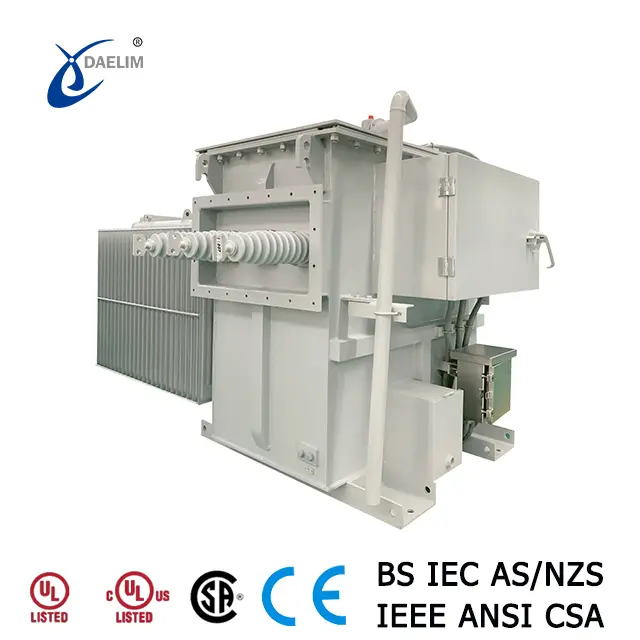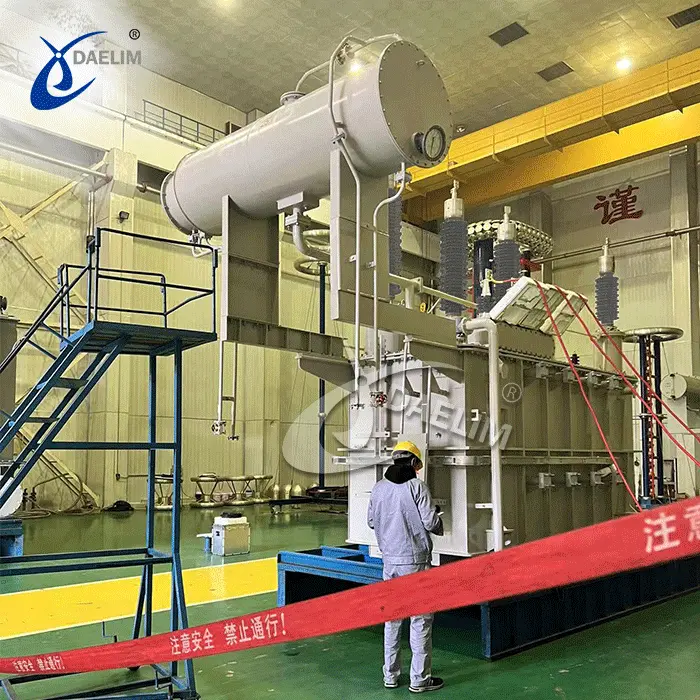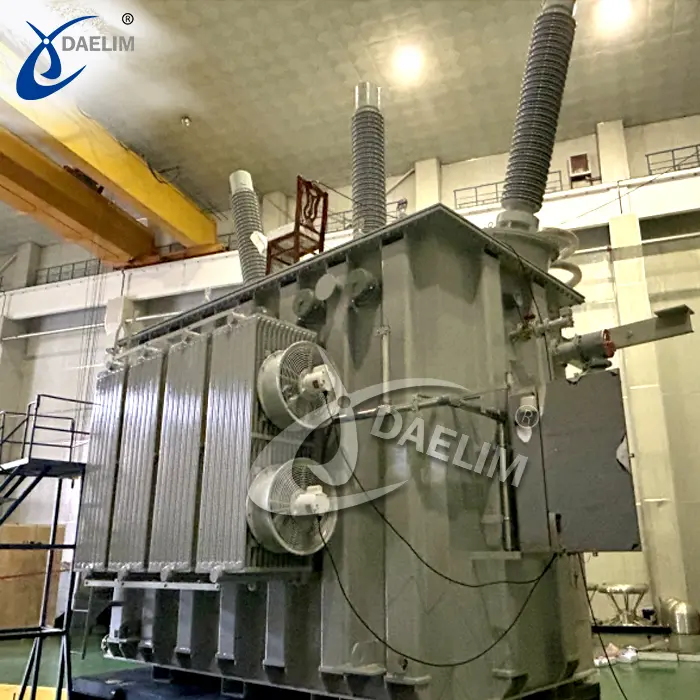Advantages of Transformer Yyn0 Vector Group
When comparing the Yyn0 vector group transformer to other connection groups such as YN and Dyn11, several distinct advantages emerge. These advantages make the Yyn0 vector group transformer particularly beneficial in specific applications and operational scenarios.
Suppression of High-Order Harmonic Currents
One of the key benefits of the Yyn0 connection transformer is its ability to suppress high-order harmonic currents. In the Dyn11-connected transformer, the 3nth harmonic current forms a loop within the primary winding of the delta connection, preventing these harmonics from being injected into the power grid. This characteristic is advantageous for maintaining power quality and reducing harmonic distortion in the electrical network.
Protection and Removal of Low-Voltage Single-Phase Ground Short-Circuit Faults
The Yyn0 vector group transformer excels in handling low-voltage single-phase ground short-circuit faults. Unlike the Dyn11-connected transformer, which has a much lower zero-sequence impedance, the Yyn0-connected transformer has a higher zero-sequence impedance. Consequently, the single-phase ground short-circuit current in a Yyn0-connected transformer is smaller. This smaller current is beneficial as it makes the protection and removal of single-phase ground short-circuit faults more manageable, improving system reliability and safety.
Capacity to Handle Single-Phase Unbalanced Loads
Another significant advantage of the Yyn0-connected transformer is its capacity to handle single-phase unbalanced loads. The neutral line current in a Yyn0-connected transformer must not exceed 25% of the rated current of the secondary winding. This limitation restricts the capacity of the connected single-phase load, potentially underutilizing the transformer's full capacity.
In contrast, the Dyn11-connected transformer allows the neutral line current to reach more than 75% of the phase current, significantly increasing its ability to handle single-phase unbalanced loads. This feature ensures that the Dyn11-connected transformer can accommodate higher single-phase loads without compromising the performance or efficiency of the transformer.
Summary
The Yyn0 vector group transformer offers distinct advantages in suppressing high-order harmonic currents and managing low-voltage single-phase ground short-circuit faults. However, it does have limitations regarding the handling of single-phase unbalanced loads, where the Dyn11 connection demonstrates superior performance. These characteristics should be carefully considered when selecting the appropriate transformer connection for specific applications to optimize performance and reliability.
More Resource
Related Products
Related Article
Relationship Between Dissolved Gas in Oil and Transformer Faults
Transformer oil serves as insulation and cooling. Faults cause chemical decomposition, producing gases. Analyzing dissolved gases in the oil helps determine fault presence, nature, and severity. Key gases include CH4, C2H6, C2H4, and C2H2, indicating different fault types and temperatures.
Precautions for Analyzing Transformer Faults by Gas Chromatography
Gas chromatography is used to analyze transformer oil for fault diagnosis by identifying dissolved gases. This method, combined with electrical tests, ensures accurate fault detection, preventing transformer damage and ensuring safe, reliable operation.
What is the difference between rectifier transformer and power transformer?
Rectifier transformers convert AC to DC for industrial applications like electrolysis and smelting. Power transformers supply AC to power systems. They differ significantly in function, usage, output voltage, and design and manufacturing aspects.
Differences Between Dry Transformers and Oil Immersed Transformers
Dry transformers are used indoors for fire safety, have visible coils, resin insulation, and are costlier. Oil immersed transformers are outdoor units, use oil for cooling and insulation, handle higher capacities, and are more cost-effective.
What are the maintenance points for transformer operation?
To ensure safe transformer operation, monitor allowable temperature, temperature rise, and voltage regulation. Maintain power load at 75-90% of rated capacity. Manage overload conditions carefully. These practices prevent faults, prolonging transformer service life.






